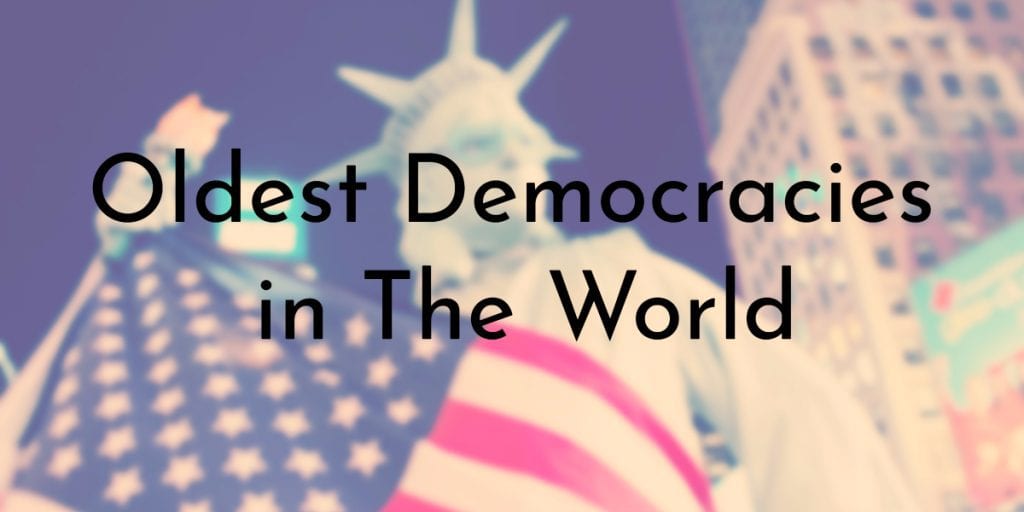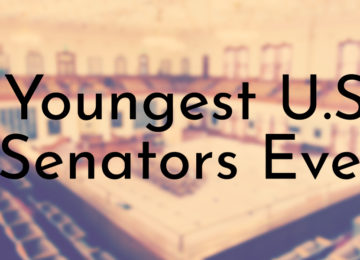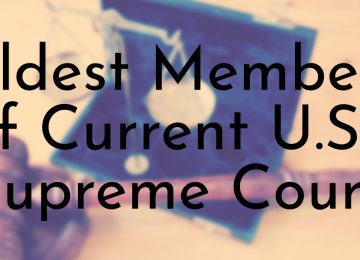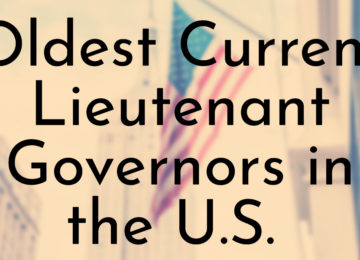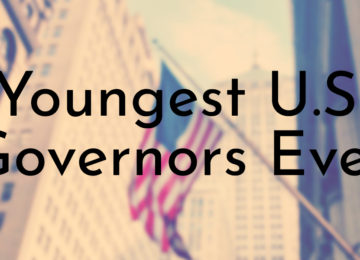Greece, more specifically Athens, was the birthplace of democracy or “rule by the people” in 507 BCE. Athenian democracy only lasted for two centuries, but the idea of this type of government lived on and many countries today are democracies to a certain degree.
While all of the countries on this list have democratic systems, all of them have varying official forms of government, which range from constitutional republics to constitutional monarchies. So yes, all of the countries on this list count as democracies and the order of the list is based on the date of the countries’ current constitutions.
Additionally, each of the countries on this list are on the Democracy Index, a list compiled annually by the Economist Intelligence Unit (EIU), which determines how democratic a nation is.
10. Austria
Date of Current Constitution: October 1, 1920
Official Form of Government: Federal parliamentary republic
Current Leader(s) (as of 2021): President Alexander Van der Bellen and Chancellor Sebastian Kurz
Legislature: Parliament (Federal Council and National Council)
 photo source: Wikimedia Commons
photo source: Wikimedia Commons
Following its involvement in both World Wars, Austria regained its full independence in 1955 and tried to move on from its past. That same year, Austria declared its “permanent neutrality” on October 26th by an act of parliament. October 26th is now Austria’s National Day, which is a public holiday.
Did You Know?
Voting for the Federal President and for the Parliament was compulsory for Austrian citizen of voting age from 1982 until 2004.
9. Mexico
Date of Current Constitution: February 5, 1917
Official Form of Government: Federal presidential constitutional republic
Current Leader(s) (as of 2021): President Andrés Manuel López Obrador
Legislature: Congress of the Union (Senate and Chamber of Deputies)
 photo source: Wikimedia Commons
photo source: Wikimedia Commons
Mexico’s Constitution dates back to 1917 and since then, the country has been a federal democratic republic. The Constitution also established three levels of government: the federal Union, the state governments, and the municipal governments.
The head of the Mexican government is the President, which is currently Andrés Manuel López Obrador. The country’s legislature is Congress of the Union, which is made of the Senate of the Republic and Chamber of Deputies.
Did You Know?
Historically, there have been three main political parties in Mexico: the National Action party — a conservative party founded in 1939 and belonging to the Christian Democrat Organization of America; the Institutional Revolutionary Party — a center-left party and member of Socialist International; and the Party of the Democratic Revolution – a left-wing party founded in 1989.
8. Australia
Date of Current Constitution: January 1, 1901
Official Form of Government: Federal parliamentary constitutional monarchy
Current Leader(s) (as of 2021): Queen Elizabeth II, Governor General David Hurley, and Prime Minister Scott Morrison
Legislature: Parliament (Senate and House of Representatives)
 photo source: Wikimedia Commons
photo source: Wikimedia Commons
Along with Canada, Australia is a British Commonwealth country that has a lot of autonomy and essentially governs itself. Queen Elizabeth II is the Queen of Australia and she is represented by the Governor General, which is currently David Hurley.
The Governor General is a legal figurehead and does not have any day-to-day responsibilities over Australia’s government. Instead, the Prime Minister serves as the head of Australia’s government. However, the Governor General has a lot of special reserve powers, and in times of crisis can bypass the Prime Minister.
Similar to the United States, the Australian government is divided into three branches: the Legislature (Parliament), the Executive (the Federal Executive Council), and the Judiciary (the High Court of Australia).
Did You Know?
The two main political parties in Australia are the Australian Labor Party (center-left ideology) and the Coalition, which is a formal grouping of the Liberal Party and the National Party (the Coalition has a center-right ideology).
7. Grand Duchy of Luxembourg
Date of Current Constitution: October 17, 1868
Official Form of Government: Unitary parliamentary constitutional monarchy
Current Leader(s) (as of 2021): Grand Duke Henri and Prime Minister Xavier Bettel
Legislature: Chamber of Deputies
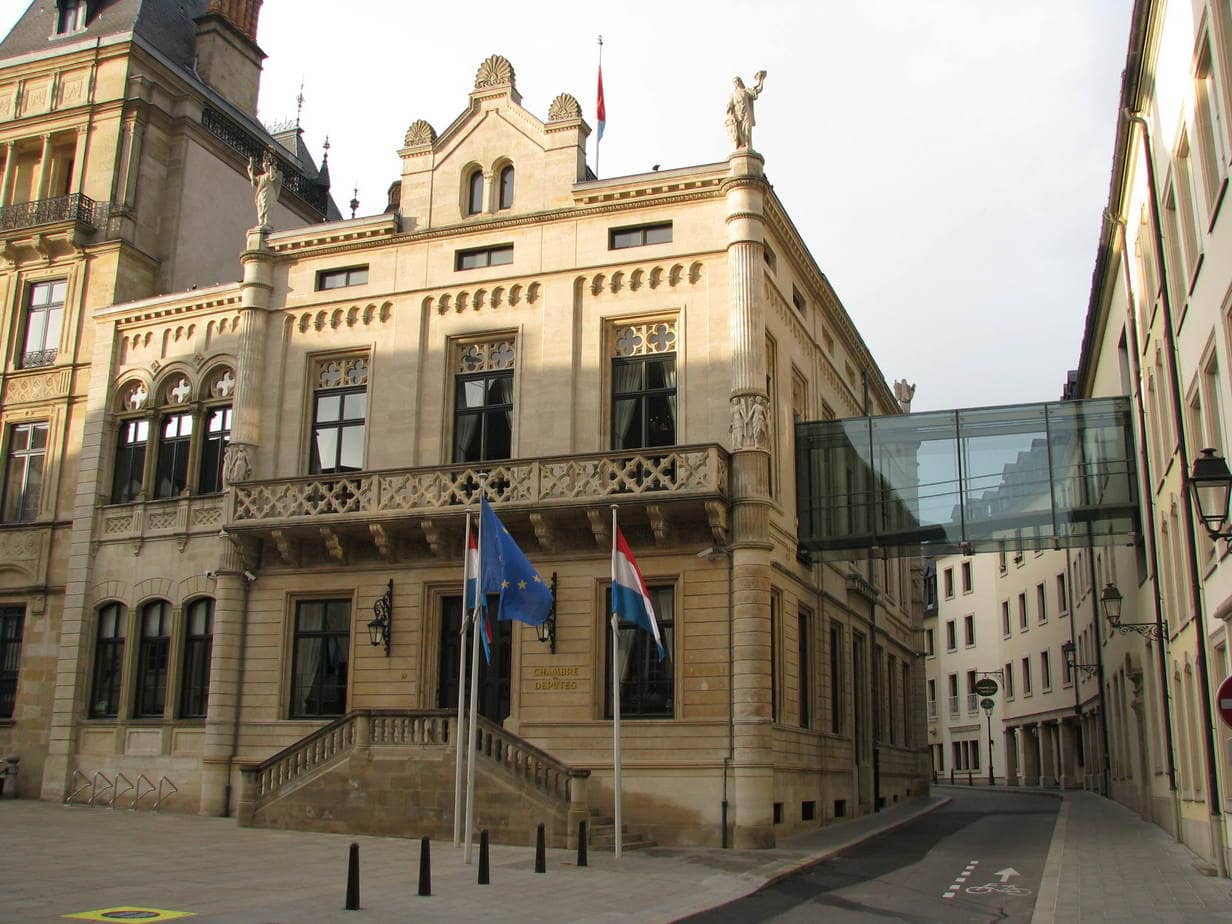 photo source: Wikimedia Commons
photo source: Wikimedia Commons
Like all of the European countries on this list, Luxembourg is a parliamentary democracy headed by a constitutional monarch, which is currently the Grand Duke Henri. The Grand Duke and the Council of Government of Luxembourg (the cabinet) wield executive power over Luxembourg and its citizens. The cabinet consists of a Prime Minister, who is the head of the government, and several other ministers.
Luxembourg’s history is closely tied to its neighbors and its one of the smallest sovereign states in Europe. With France and Germany as its closest neighbors, Luxembourg is a mixture of both cultures and its three official languages are French, German, and Luxembourgish, which is considered a German dialect.
Did You Know?
Luxembourg is the world’s only remaining Grand Duchy, which is headed by a Grand Duke or Grand Duchess rather than a King or Queen.
6. Canada
Date of Current Constitution: July 1, 1867
Official Form of Government: Federal parliamentary constitutional monarchy
Current Leader(s) (as of 2021): Queen Elizabeth II, Governor General position is currently vacant (Richard Wagner is acting Governor General), and Prime Minister Justin Trudeau
Legislature: Parliament (Senate and House of Commons)
 photo source: Wikimedia Commons
photo source: Wikimedia Commons
While it may not seem like it, Canada is actually still a British Commonwealth and Queen of Canada is is Elizabeth II. However, Canada enjoys a high level of autonomy and is one of the most liberal and democratic countries in the world. The Canadian government is known for its emphasis on social justice and moderate political ideology.
As a Commonwealth country, the British monarchy is represented in Canada by the Governor General, which is currently Julie Payette. The Canadian Parliament, led by the Prime Minister (currently Justin Trudeau), is responsible for carrying out the executive powers belonging to the Queen.
Did You Know?
Although Canada is a British Commonwealth, its two official languages are English and French because both the British and French colonized the area and there is still a large population of French speakers, especially in the province of Quebec.
5. Kingdom of Denmark
Date of Current Constitution: June 5, 1849
Official Form of Government: Unitary parliamentary constitutional monarchy
Current Leader(s) (as of 2021): Queen Margrethe II and Prime Minister Mette Frederiksen
Legislature: Folketinget
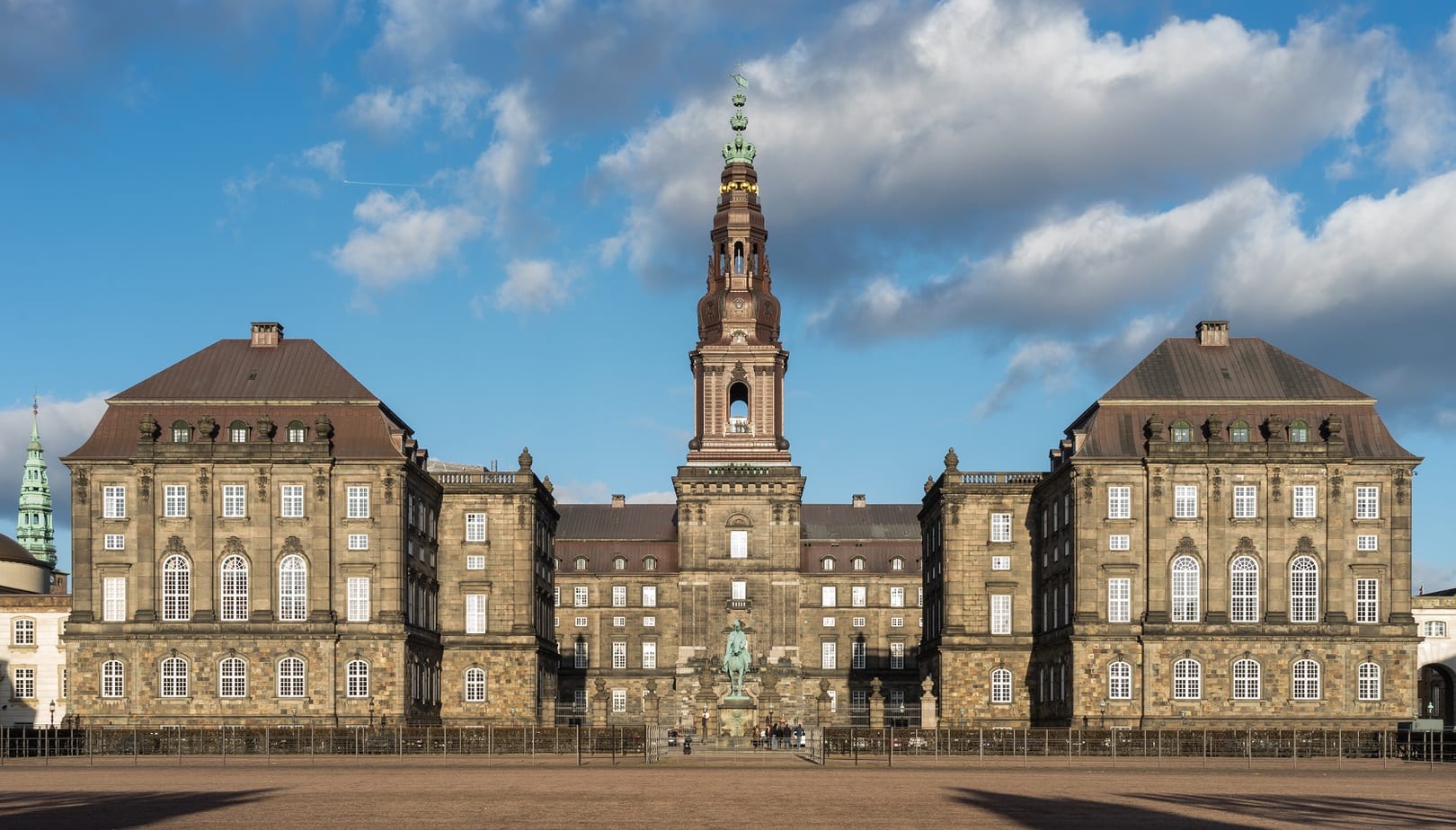 photo source: Wikimedia Commons
photo source: Wikimedia Commons
Danish Parliament or the Folketinget is responsible for passing acts that apply in Denmark and, variably, Greenland and the Faroe Islands. Danish citizens elect the 175 members of the Folketinget, with Greenland and the Faroe Islands electing an additional two members each, for a total of 179 members.
Did You Know?
Denmark is one of the most developed countries in the world and has a world’s highest highest social mobility, a high level of income equality, and one of the lowest perceived levels of corruption in the world.
4. Belgium
Date of Current Constitution: February 7, 1831
Official Form of Government: Federal parliamentary constitutional monarchy
Current Leader(s) (as of 2021): King Philippe and Prime Minister Alexander De Croo
Legislature: Federal Parliament (Senate and Chamber of Representatives)
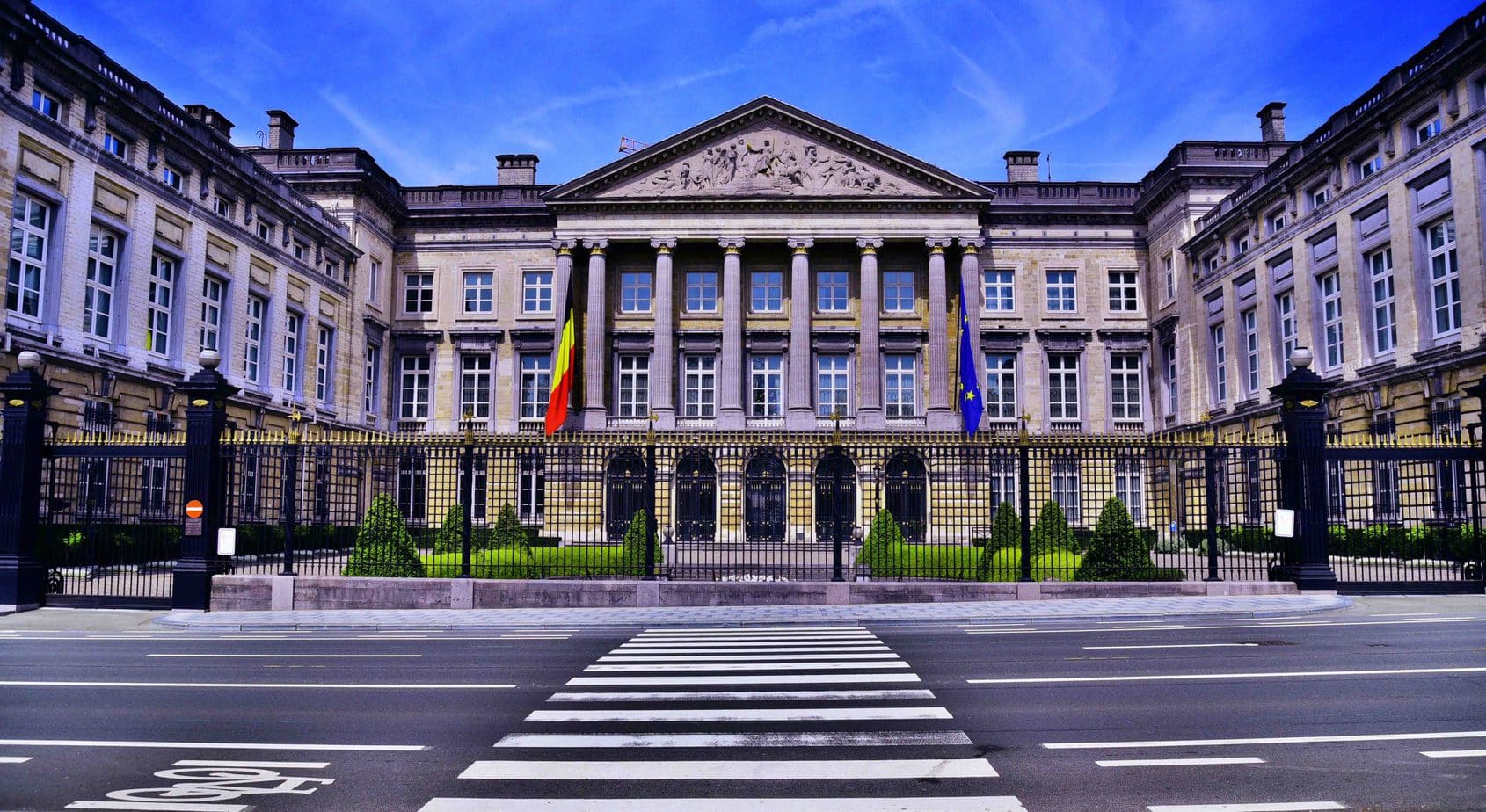 photo source: Wikimedia Commons
photo source: Wikimedia Commons
Belgium is yet another constitutional monarchy and parliamentary democracy, which was established in 1831. Like most modern monarchies, the King of Belgium technically holds executive power, but the ministers are politically responsible for wielding this power. As the head of state, the King of Belgium does appoint the country’s ministers, including the Prime Minister.
While Belgium does have a high standard of living, it is not quite as democratic as some of its neighbors like the Netherlands. This is due to the fact that Belgium is divided into two main linguistic groups: the Flemmish or Dutch-speaking community (59 percent of the population) and the French-speaking community (40 percent of the population). There is ongoing tension between the two groups, which has caused several government reforms over the years.
Did You Know?
Due to all of the differences and tensions between the Flemish, French-speaking communities and other linguistic groups, Belgium has six different governments: the Federal government, the Flemish government, Government of the French community, Government of the German-speaking community, Government of the Walloon Region, and Government of the Brussels-Capital Region.
3. The Netherlands
Date of Current Constitution: March 29, 1815
Official Form of Government: Unitary parliamentary constitutional monarchy
Current Leader(s) (as of 2021): King Willem-Alexander and Prime Minister Mark Rutte
Legislature: States General (Senate and House of Representatives)
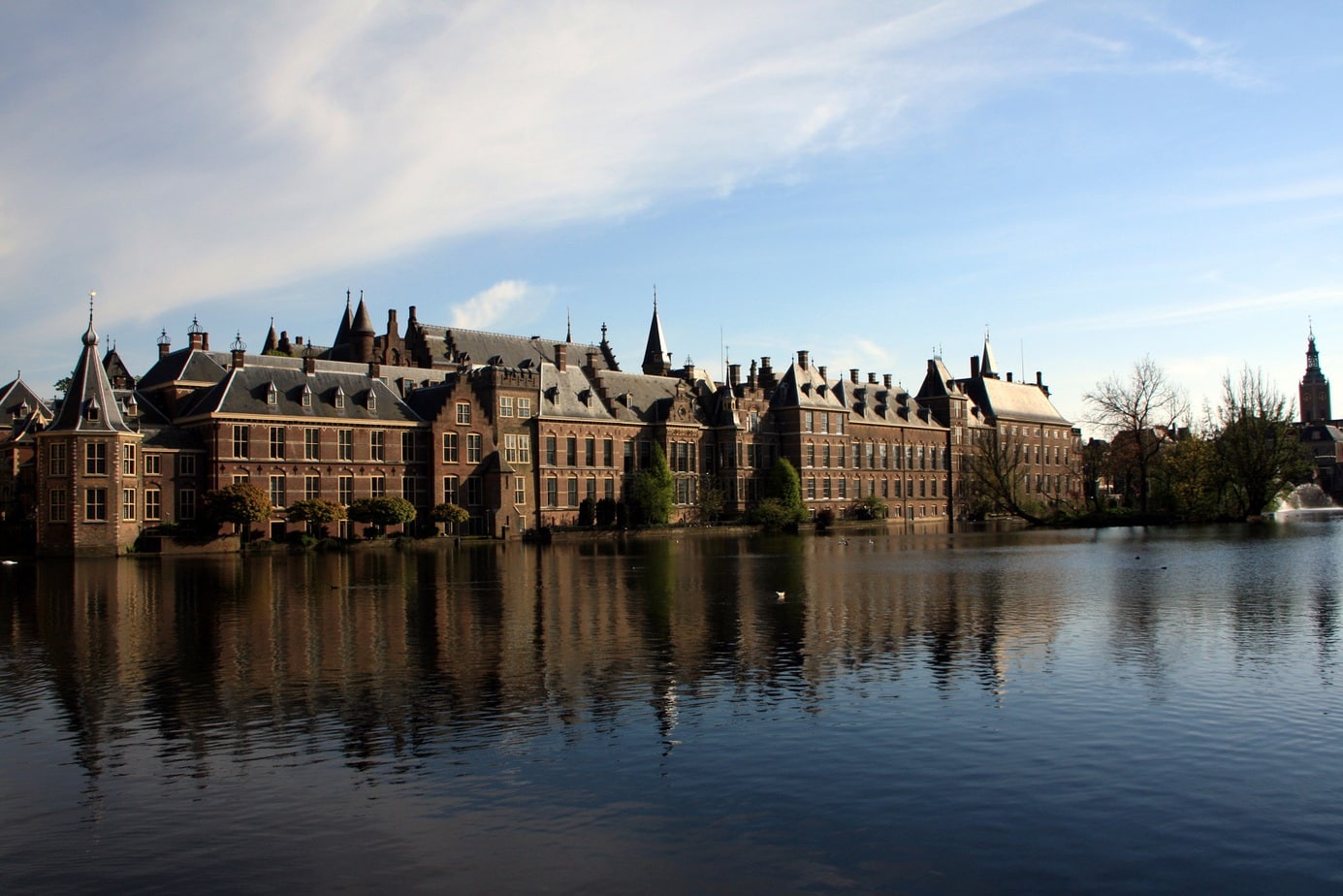 photo source: Wikimedia Commons
photo source: Wikimedia Commons
Like many of the countries on this list, the Netherlands is officially a constitutional monarchy with many democratic practices. The Constitution of the Netherlands was first written in 1815, which established the country as a constitutional monarchy. It was revised in 1848 when the Netherlands instituted a system of parliamentary democracy.
The Netherlands has a long record of social tolerance and legalized abortion, prostitution, and human euthanasia – which are things that aren’t legal in many countries. It was also the first country in the world to legalize same-sex marriage in 2001.
Did You Know?
As one of the world’s leading democratic countries, the Netherlands often ranks high in international indexes of press freedom, economic freedom, human development, and quality of life, as well as happiness.
2. Kingdom of Norway
Date of Current Constitution: May 17, 1814
Official Form of Government: Unitary parliamentary constitutional monarchy
Current Leader(s) (as of 2021): King Harald V and Prime Minister Erna Solberg
Legislature: Stortingent (Storting)
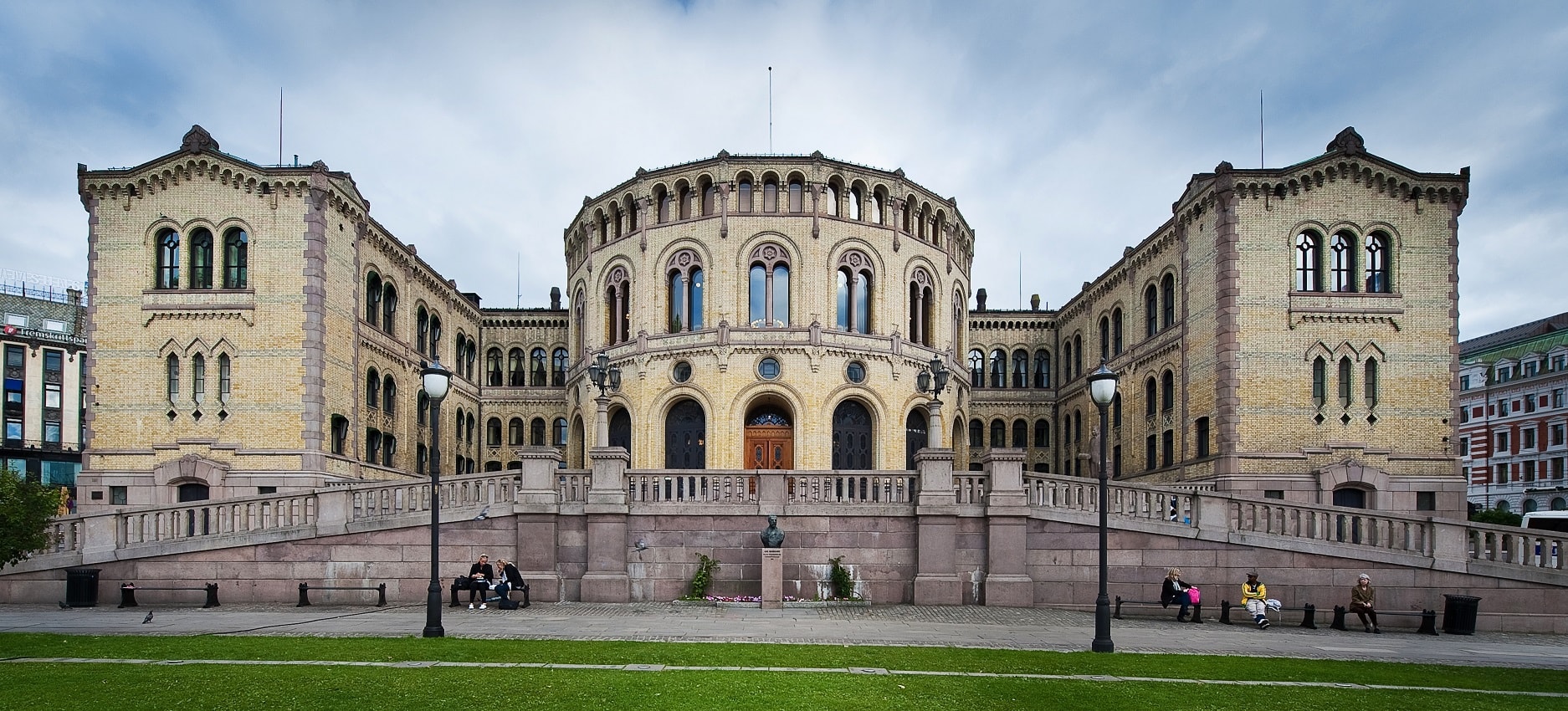 photo source: Kingdom of Norway
photo source: Kingdom of Norway
Although the Kingdom of Norway is technically a monarchy, it is widely considered one of the most democratic countries in the world. Like many modern monarchies, Norway’s king no longer has any real power, instead power is divided between three branches: the Storting (legislative branch), the Government (executive branch), and the courts (judicial branch).
As the world’s best democratic country, Norway has strong systems, which ensure that its citizens’ basic needs are met. Norway has universal health care, comprehensive social security system, and is consistently one of the world’s happiest countries.
Did You Know?
Members of the Parliament of Norway are elected (by the country’s citizens) on the basis of proportional representation from 19 constituencies for four-year terms.
1. United States of America
Date of Current Constitution: June 21, 1788
Official Form of Government: Federal presidential constitutional republic
Current Leader(s) (as of 2021): President Joe Biden
Legislature: Congress (Senate and House of Representatives)
 photo source: Wikimedia Commons
photo source: Wikimedia Commons
While the United States may have its problems, the country’s citizens still have the right to vote for their representatives and on important laws and issues. So despite any arguments to the contrary, the United States is both a representative democracy as well as a constitutional republic. Therefore it absolutely belongs on this list.
Did You Know?
The last or the original 13 states to ratify the Constitution was Rhode Island, which did not sign the Constitution until May 29, 1790, nearly 2 years after the Constitution went into effect.
OTHER POSTS YOU MAY BE INTERESTED IN


